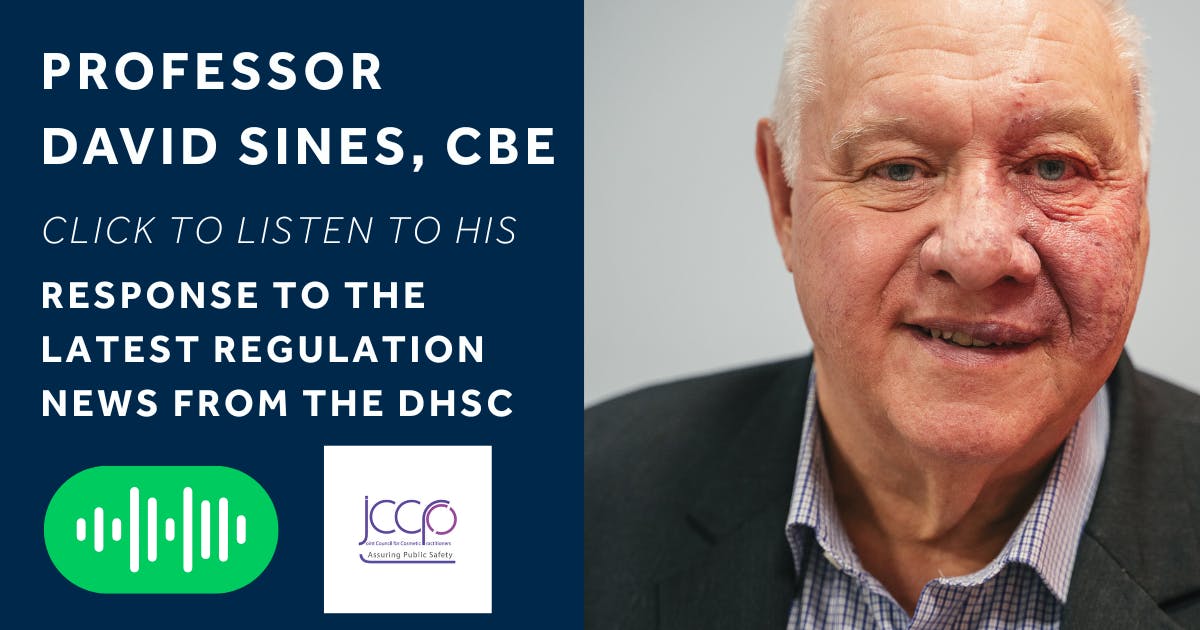Responses to 2023 Aesthetics Regulation Proposals, Published

The responses to the government’s 2023 aesthetics regulation consultation have finally been published.
This document includes the Department of Health & Social Care (DHSC) responses to the public consultation.
As we await the next consultation, which was mentioned in a 6th August 2025 press release to be happening ‘early 2026’, let’s review what the 2023 initiative has revealed.
Below you’ll also find the thoughts of Professor David Sines, CBE, Executive Chair of the Joint Council of Cosmetic Practitioners (JCCP). David is an influential and respected figure in the world of non-surgical cosmetic regulation, whose tireless work campaigning for higher standards, particularly when it comes to aesthetics training and qualification requirements. He is also Harley Academy’s licensing advisor.
Main areas of aesthetics regulation covered in today's release
As the response to the 2023 regulatory proposals, the topics covered here will be familiar to anyone following the subject.
- Categorising aesthetic procedures by risk using a RAG-rating system
- Who can carry out procedures, with a focus on the highest risk category (Red)
- Introducing of an aesthetics licensing scheme for England
- What aesthetics training and education is required to obtain a licence to practise
- How premises will be regulated via the CQC and local authorities
- Age restrictions and minimum age requirements for treatments
- Supervision of non-medic aesthetic practitioners for Amber category treatments
The full information can be found on the DHSC website. But, if you’d rather read our explanation, let’s dive into the detail…
Categorisation of non-surgical cosmetic treatments by risk factor
What was proposed in 2023:
For non-surgical cosmetic procedures to be ‘RAG-rated’ - divided into Red, Amber and Green categories. Using this method, Red would be the most invasive and pose the highest risk, and Green would be the lowest risk and least invasive treatments.
Once treatments were categorised, requirements for practitioners in each category could then be established. The initial proposal was:
- Green: All licensed aesthetic practitioners (healthcare professionals and non-medics)
- Amber: All licensed aesthetic practitioners though non-medics must have appropriate supervision
- Red: Restricted to appropriately trained and licensed healthcare professionals only.
How the consultation responses went:
The DHSC advises that, whilst most respondents were in agreement with the 3-tiered RAG-rating system, others wanted it to go further. Its document states, ‘Some respondents felt there should not be an amber category, only green and red, and that oversight was not needed if suitable training and education standards are mandated.’
Others wanted to introduce a fourth tier, which would ‘restrict certain procedures to being administered by prescribing healthcare professionals or by non-prescribing healthcare professionals under the supervision of a prescribing healthcare professional.’
Many people were concerned about acknowledging factors such as the medications used, depth of penetration, management of complications and patients’ psychological wellbeing, when categorising procedures.
What the government is proposing now:
The responses underscored the government’s decision to proceed with RAG rating procedures ‘based on risk and invasiveness’.
DHSC chose to focus predominantly on the Red category, stating that ‘The majority of respondents were in agreement that the most invasive procedures warrant legislative safeguards beyond those which can be provided through the powers granted for licensing. This has reaffirmed the government’s intention to introduce a licensing scheme and to also legislate to ensure that those procedures deemed to pose the highest risk to public safety are brought into CQC oversight and restricted to being performed by suitably qualified and regulated healthcare professionals.’
Referencing the tragic UK BBL death of Alice Webb, it noted the public’s ‘serious concern about non-healthcare professionals performing procedures which are invasive to the point of being considered to be surgical in nature’.
It was therefore confirmed that Red category procedures deemed to pose the highest level of risk ‘including procedures aimed at augmenting the breast, buttocks and genitals with dermal fillers’ will be restricted to ‘suitably qualified regulated healthcare professionals working for CQC-registered providers’.
As for the list of specific procedures to be included in the Red category, this will be addressed in the next public consultation in ‘early 2026’.
In the meantime, its stated aim is to continue to work with relevant stakeholders to ‘better evaluate the risks associated with procedures within the scope of the regulatory proposals to ensure that decision making is suitably informed by relevant expert input.’
Concerns around classification and restriction of certain procedures
One aspect worth drawing your attention to at the end of this section of the report relates to which procedures will be listed in each RAG category. Also, who will be able to administer treatments in each of these groups.
The DHSC advises, ‘While we recognise the desire for clarity and certainty within the sector, further work is required to determine where specific procedures will sit in the proposed tiering system and to determine which practitioners should be permitted to carry out certain procedures. These issues cannot be considered or determined in isolation and it is vital that any classifications and restrictions strike a balance between being proportionate to the risk to public safety while not unnecessarily hampering the activities of legitimate practitioners.’
Plans to prioritise regulation of Red category procedures were then reiterated.
The JCCP’s thoughts:
Professor David Sines comments, “There’s more work to do on what we mean by ‘suitably qualified and regulated healthcare professionals’.... But there is a very clear decision here, that the government will affirm its decision to introduce a licensing scheme. And also to legislate to ensure that those procedures deemed to be the highest risk to public safety are brought into CQC oversight and restricted to being performed by suitably qualified and regulated healthcare professionals…Other injectables will be part of a local government licensing scheme.”
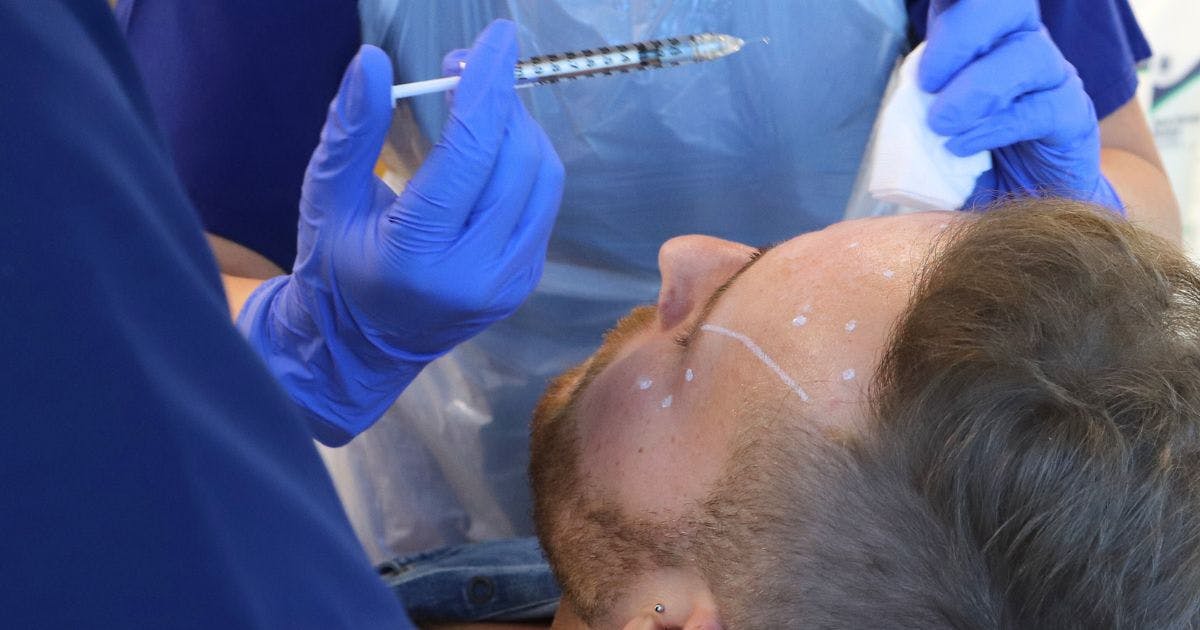
Minimum age requirements for aesthetic treatments in England
What was proposed in 2023:
As of 1st October 2021, it became a criminal offence in England to administer botulinum toxin or filler injections to a person under 18 years of age, ‘for a cosmetic purpose’. This was the case even if they received permission from someone over 18.
Offering consultations or booking appointments for under 18s for this purpose was also made illegal.
To reflect this in new regulations, DHSC advised that requirements or conditions for the aesthetics licensing scheme ‘will prohibit practitioners from performing any procedures included within the scheme on people under the age of 18 unless the procedure has been approved for use on a person under 18 by a GMC registered doctor and is carried out by a specified healthcare professional.’
How the consultation responses went:
Largely this was uncontested. However, some felt the minimum age limit should be 21 instead of 18. Additionally, many felt that non-surgical cosmetic procedures should be madeavailable to under 18s in cases where both a GMC registered doctor approves the request, and the treatments are administed by a healthcare professional.
The DHSC notes, ‘Many responses highlighted that treatments for conditions such as acne and scarring, excessive body hair and skin lesions, including skin tags and warts, should be made available, as such treatments can help to alleviate the psychological and emotional distress that the conditions can cause young people.’
What the government is proposing now:
Whilst not giving a clear answer, the response indicates an ability for under 18s to receive treatment in specific circumstances will be carved out. The statement says, ‘The consultation has strengthened our intention to mandate age restrictions for those undergoing non-surgical cosmetic procedures. Many respondents agreed with this proposal and offered helpful views on which procedures it may be beneficial to make accessible to those under the age of 18. We will consider these suggestions in tandem with the further work to be done on risk assessment of procedures.’
The JCCP’s thoughts:
Prof. Sines says, “The government’s made it clear they do want to strengthen these proposals to introduce rules for under 18s, very much as Scotland is proposing. So that only those persons who have a genuine medical requirement can access procedures included in either the regulatory scheme for the Red procedures, or under the as-yet-to-be-determined, licensing scheme procedures.”
Aesthetics training and qualification requirements under the proposed licensing scheme
What was proposed in 2023:
Little mention was given to the mandatory aesthetics training and level of qualification required to obtain a license to practise under the proposed licensing scheme, in 2023.
It referenced, for example, ‘The licensing scheme will ensure that those who offer specified procedures:
- are suitably knowledgeable, trained and qualified
- hold appropriate indemnity cover
- operate from premises which meet the necessary standards of hygiene, infection control and cleanliness’
And, ‘Further work - including stakeholder engagement and public consultation - will be needed to determine the principles that will underpin the scheme including education and training standards, infection control and cleanliness, indemnity requirements and licensing fees.’
In relation to the Amber category, which includes cosmetic injectables such as botox and dermal fillers, it stated: ‘Non-healthcare professionals must be licensed and have relevant oversight by a named regulated healthcare professional (who has gained an accredited qualification to prescribe, administer and supervise aesthetic procedures). This is based upon the principles of the clinical oversight model recommended within Professor Sir Bruce Keogh’s 2013 Review of the regulation of cosmetic interventions and Health Education England’s (HEE) Qualification requirements for the delivery of non-surgical education and training (2015). Qualified and regulated healthcare professionals are eligible to perform these procedures without oversight where they meet agreed standards.’
It also made mention of there being ‘accredited registers for non-surgical cosmetic procedures’, noting: ‘The Professional Standards Authority’s (PSA) Accredited Registers Programme provides assurance to the public when choosing health and care services, by independently assessing organisations which register practitioners who are not regulated by law.’
One of these was SaveFace, the other was the JCCP voluntary register and non-PSA accredited register for Approved Education and Training Providers and Qualifications.
How the consultation responses went:
Understandably, this was a hot topic for medics and non-medics alike! The DHSC reports that comments tended towards two points:
- That regulatory focus ‘should be on ensuring consistent education and training is undertaken by all practitioners’
- ‘The level of their agreement with the proposals in the consultation is predicated on robust standards of education and training being mandated in the sector’
A number of respondents noted that their views here were informed by Furthermore, as some respondents highlighted, the current view of the risks posed by the current lack of standards.
Additionally, some suggested that ‘mandating training standards for a procedure could sufficiently mitigate the risk that a procedure is deemed to pose. This would influence where that procedure sits in the tiering system and which practitioners are permitted to perform it.’
Divide between healthcare professionals and non-medic aesthetic practitioners
The divide between healthcare professionals and non-medics became apparent here, as the document explains. ‘Concern was voiced that the proposals for regulation placed too much emphasis on practitioners’ professional background and that this focus may limit non-healthcare professionals from performing some of the procedures proposed for inclusion in the scheme.’
‘Many responses expressed that regulation should seek to establish specific training and education standards required to perform aesthetic procedures safely (including training and standards for managing complications and requirements to undertake continuing professional development when qualified) and then ensure that all practitioners, regardless of professional background, are able to demonstrate them.’
Other widely held concerns related to:
- The need for regulation of aesthetics training providers for quality control
- Short or online courses, following which people could ‘claim to be a qualified aesthetic practitioner’
Concerns seemingly specific to non-medical aesthetic practitioners included:
- That aesthetic practice ‘does not constitute a routine part of regulated healthcare professionals’ education or training and does not fall within many healthcare professionals’ scope of professional practice or specialism.’ As such, ‘being a regulated healthcare professional therefore does not in itself demonstrate that a practitioner possesses the knowledge and skills required to perform aesthetic procedures safely.’
- Whether solely ‘by virtue of being regulated healthcare professionals, [people were] considered more qualified for, or competent at, aesthetic practice than experienced and qualified aesthetic practitioners who are not regulated healthcare professionals’
- Aesthetic practice, said to be ‘focused on ideas of beauty and symmetry’, being a ‘separate discipline to healthcare, which has different aims, and that being a skilled aesthetic practitioner requires a knowledge base and skill set distinct to that of a healthcare professional’
- Given ‘healthcare professionals and non-healthcare professionals alike complete the same aesthetic-specific qualifications’ they are ‘therefore as qualified as each other to perform aesthetic procedures’.
Healthcare professionals also raised their own issues:
- ‘Many or most of the procedures proposed for inclusion in regulation are essentially clinical or medical in nature and should be administered with the same standard of holistic care as any other healthcare procedure would be’
- ‘Only healthcare professionals accountable to a regulatory body and with a duty of care to their patients are appropriately trained and able to deliver this standard of care, including the standard of care required to manage any complications arising as a result of procedures’
Additional queries were raised around implementation and timing if new mandatory aesthetics qualifications were required under the licensing scheme.
What the government is proposing now:
No definitive response was provided as this remains a work in progress.
Instead, the DHSC reiterated its commitment to ‘driving up standards across the sector’. It noted that education and training is an ‘important principle underpinning the licensing scheme and associated regulation’ and that ‘all those who practise invasive non-surgical procedures should be competent and will need to satisfy the overseeing authorities of their proficiency’.
Consideration will be given to:
- Current education and training standards in aesthetic medicine, the systems and providers
- What ‘good practice’ looks like
- How to instil this across the sector by establishing ‘robust education and training standards’.
- Whether ‘pre-existing skills and training might be acknowledged by the licensing scheme and associated regulation when it comes into operation’.
It was noted that ‘we recognise that many practitioners across the sector are highly experienced and already strive to meet robust standards of training and education and keep their skills up to date.’
The JCCP’s thoughts:
“You’ll know the JCCP has a central mandate for training, qualification and education standards, that we’ve always set out to promote. This is one of the inheritancies that we had from Health Education England and we have our own register of approved qualifications and, of course, training providers, of which we’re very proud.
“The government has stated that one of the central themes to emerge from the consultation is around education and training standards…. This brings us to our [the JCCP’s] call for a national standard across all four UK countries, which is very important to ensure. That education and training is mandated to a national standard for all practitioner, regardless of professional background.
“There’s also a question that I’m very pleased to see being addressed, about ‘grandfathering’ for those practitioners who have specific, existing qualifications or experience. It’s suggested that ‘grandfathering’ could be for a specific period of time following the introduction of the scheme. We’ve called for that for many years.
“I think it’s important we acknowledge that the government is providing some ‘poetic licence’ here… And also asking the question, whether, if new qualifications are deemed to be necessary for a practitioner to be compliant with incoming regulatory requirements, support should be given to assisting them to attain any additional requirement for education and training.
“So, they’ve acknowledged it. Education and training is to drive up standards across the sector. The key principle is that all who practise invasive non-surgical procedures should be competent, and will need to satisfy the requirements of the overseeing authorities for their proficiency.
On the point about potentially acknowledging certain existing skills and training, Prof. Sines adds, “That, I hope, will afford and accord with our own proposals for a scheme for appropriate regulated healthcare practitioners.”
What does this mean for healthcare professionals considering aesthetics training, and existing aesthetic practitioners who have already qualified?
We’re often asked ‘What qualifications do I need to meet the aesthetics licensing criteria?’. As yet, given the education standard for aesthetic practitioners has not yet been set, we cannot answer this fully.
What we can tell you is this. When setting this standard, the government will be considering:
- Individuals’ professional background and experience in the non-surgical cosmetic sector
- Existing regulated qualifications mapped to the HEE framework and how they match-up to industry best practice
- Aesthetics training providers - are they accredited?
- Developing a national standard for aesthetics education across the UK.
It would be remiss of us not to mention here that Harley Academy was the first aesthetics training provider to become JCCP-approved. In addition to this accreditation, our Level 7 Diploma in Cosmetic Injectables course is also JCCP-approved and Ofqual-regulated.
When it was first innovated by our Founder, Dr Tristan Mehta, in 2015, the Level 7 in aesthetics was always mapped to the HEE framework. Since then, we have not only adhered to this guidance, but we’ve built on it. Ensuring this postgraduate course delivers the highest standard of ethical, evidence-based aesthetics training to healthcare professionals.
This means the Harley Academy Level 7 Diploma is:
- Ofqual-regulated
- Accredited
- JCCP-approved
- Provided by a JCCP-approved training provider.
Therefore, if existing qualifications are to be taken into account, meaning some - depending on as-yet-unconfirmed factors - may allow you to meet the to-be-determined licensing requirements, or require a small top-up, we’d wager the Level 7 will stand you in good stead.
If you have undertaken a certified aesthetics training course, we would advise you to consider taking a qualification to bolster this certification.
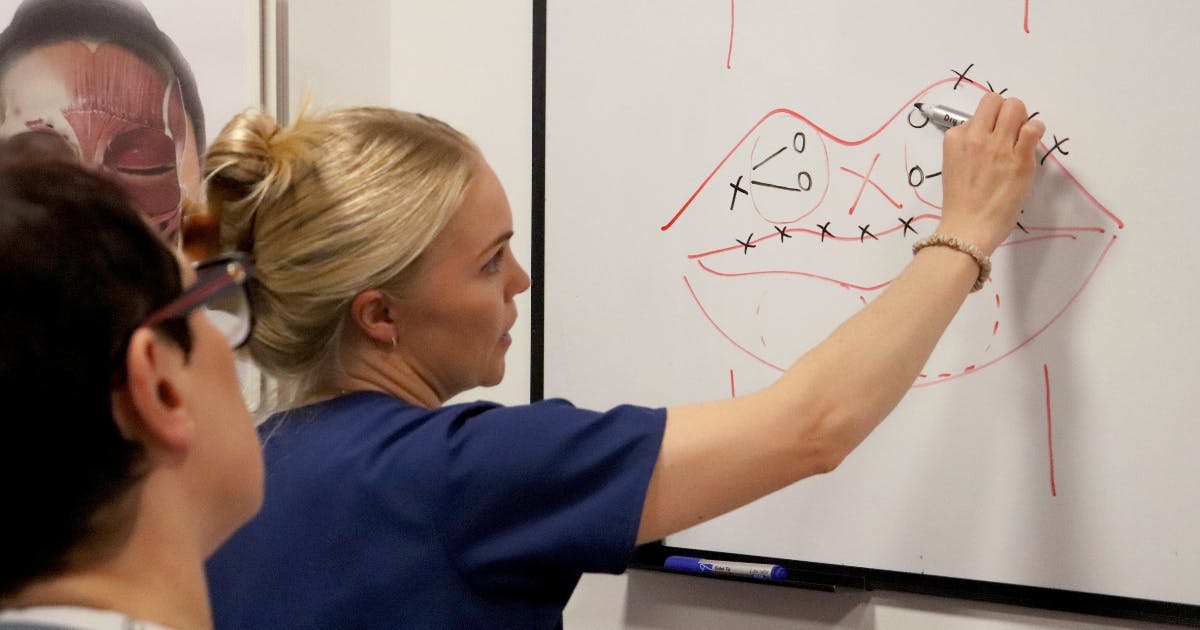
Supervision of non-medic injectors
What was proposed in 2023:
Amber category procedures, such as botulinum toxin and soft tissue fillers, may be administered by licensed non-medics, with mandatory ‘supervision or oversight from a named regulated healthcare professional who has gained an accredited qualification to prescribe, administer and supervise aesthetic procedures’.
How the consultation responses went:
This was contentious! As the DHSC puts it, ‘Of the 3 proposed categories of classification, there was the least amount of overall support for the amber category.’
The most popular issue related to a lack of clarity over what ‘supervision’ entailed. Questions were submitted asking:
- Would the supervisor need to be present on site whenever an aesthetic procedure is carried out?
- How practicable is supervision?
- Financial implications of needing to be supervised
- How many practitioners would fit the criteria and be prepared to supervise non-medics?
Other reasons given included:
- Some healthcare professionals’ ‘prescribing responsibilities are restricted and can only be used in the course of their professional scope of practice (meaning the practice for which they require regulating by a statutory body) and that the performance of aesthetic procedures falls outside many regulated professionals’ scope of practice’
- If an aesthetic practitioner was ‘suitably qualified in and indemnified for the procedures they offer [this] should obviate the need for supervision and the associated Amber category’
- Counter proposals for a ‘system of different gradations of supervision… to reflect practitioners’ differing levels of experience and qualifications’
- Concern for the limitations this would impose on non-medics, both relating to the procedures they could offer and resulting earning potential
- Being a supervisor for non-medics could be a lucrative and more flexible role, and may cause people to leave their NHS jobs.
Additionally, the report states, ‘Some expressed concern that people might undergo training to be a healthcare professional, using public money to do so, purely with the intention to work in aesthetics on qualification, without working for the NHS.’
What the government is proposing now:
There are no new proposals here, yet. The DHSC has noted the breadth of feedback it received in relation to this point and is committed to considering this alongside its work definition education and training standards.
It was stated that this ‘could still encompass a range of measures depending on the specific circumstances of the practitioner, client and the procedure being performed. Any determination on the need for a practitioner or procedure to be subject to supervisory oversight needs to be based on a detailed understanding of risk and the extent of practitioners’ (and supervisors’) capability when suitably trained.’
Further exploration of options will happen relating to ‘a requirement for oversight for some procedures, particularly those which require a POM either in the performance of the procedure itself or in the performance of any adjunctive procedure necessary following the primary procedure, such as hyaluronidase for managing complications of dermal fillers.’
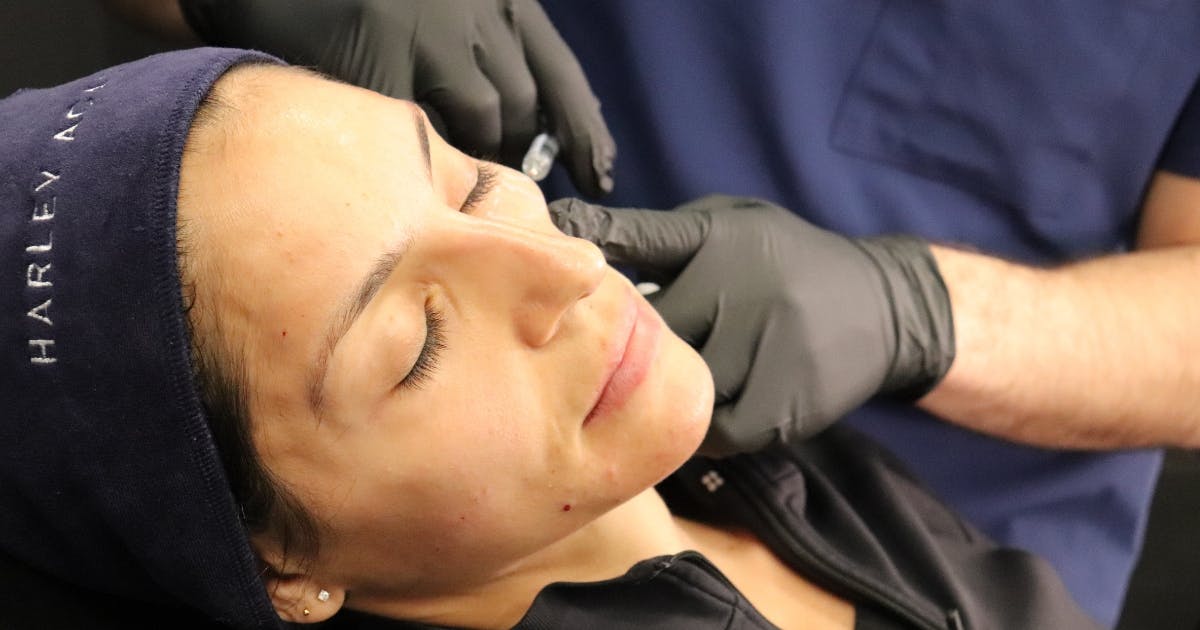
National register of licensed aesthetic practitioners
Given the government’s goal to raise public awareness of how to find competent, eventually-licensed practitioners, consultation feedback included calls for a national register of practitioners.
How the consultation responses went:
What was proposed, to facilitate patients in choosing a suitably competent, and eventially licensed, practitioner, was ‘the setting up of a national register of licensed practitioners that is accessible to the public as well as local authorities, saying that this would aid consumers in identifying reputable providers, as well as supporting information sharing between local authorities. It was suggested that this work should be commenced contemporaneously with licensing being introduced to avoid the difficulties involved in compiling a register retrospectively once licensing is in force.’
Additionally, there was an appetite for a national register of approved aesthetics training providers, making it easy to verify the suitability of practitioners’ qualifications.
Furthermore, ‘Many organisations also proposed that systems of data and information sharing between organisations involved in regulating the sector should be established to gather more information about the sector, such as mechanisms to report complaints, adverse events and complications, and to enable emerging concerns and issues to be shared and addressed promptly.’
What the government is proposing now:
The DHSC noted this ‘will need consideration’.
Holding stock of prescription medications, and more
A number of other points were raised by members of the public and organisations who contributed to the consultation.
One of the points we know our audience is extremely interested in, surrounds cosmetic nurses not being able to hold stock of prescription medication in England. In Scotland, both aesthetic nurse prescribers and non-prescribing cosmetic nurses are able to hold stock.
This issue and the lack of cohesion across the UK was brought up by many respondents. As were worries about the quality and safety of some unregulated, unlicensed products being used in the industry.
The government response was ‘We will continue to explore with relevant regulatory bodies how legislation and guidance can be used to mitigate the risks which poor practice in these areas pose.’ A specific MHRA relationship will be explored relating to products and prescription only medication concerns.
You can explore the rest of the consultation and its responses on the Department of Health & Social Care’s website.
What next for aesthetics regulation in England?
As you can see, there isn't too much movement from the 2023 proposals. This is more confirming what was outlined back then as the responses have largely been in agreement.
It has thrown up some new elements for consideration, but there are no answers on those yet.
For now, the work will continue in the background. The next public consultation is said to be taking place in ‘early 2026’ so take your time to consider the points raised. Formulate your opinions and be prepared to submit them when the time comes!
We hope this explainer has been helpful and, as always, as soon as new information becomes available, we’ll let you know.
All information correct at time of publication
Download our full prospectus
Browse all our injectables, dermal fillers and cosmetic dermatology courses in one document
By submitting this form, you agree to receive marketing about our products, events, promotions and exclusive content. Consent is not a condition of purchase, and no purchase is necessary. Message frequency varies. View our Privacy Policy and Terms & Conditions
Attend our FREE open evening
If you're not sure which course is right for you, let us help
Join us online or in-person at our free open evening to learn more
Our Partners
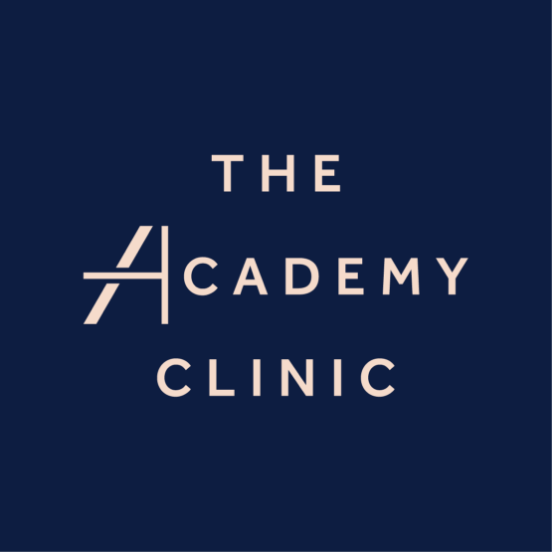

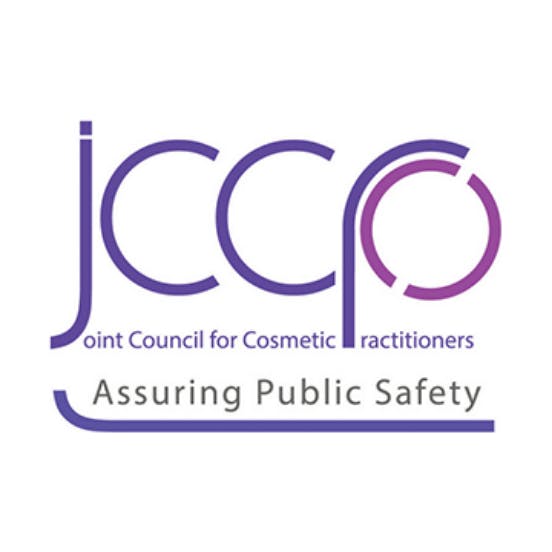


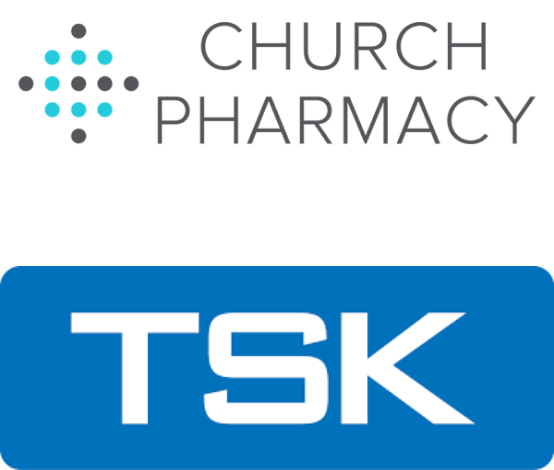

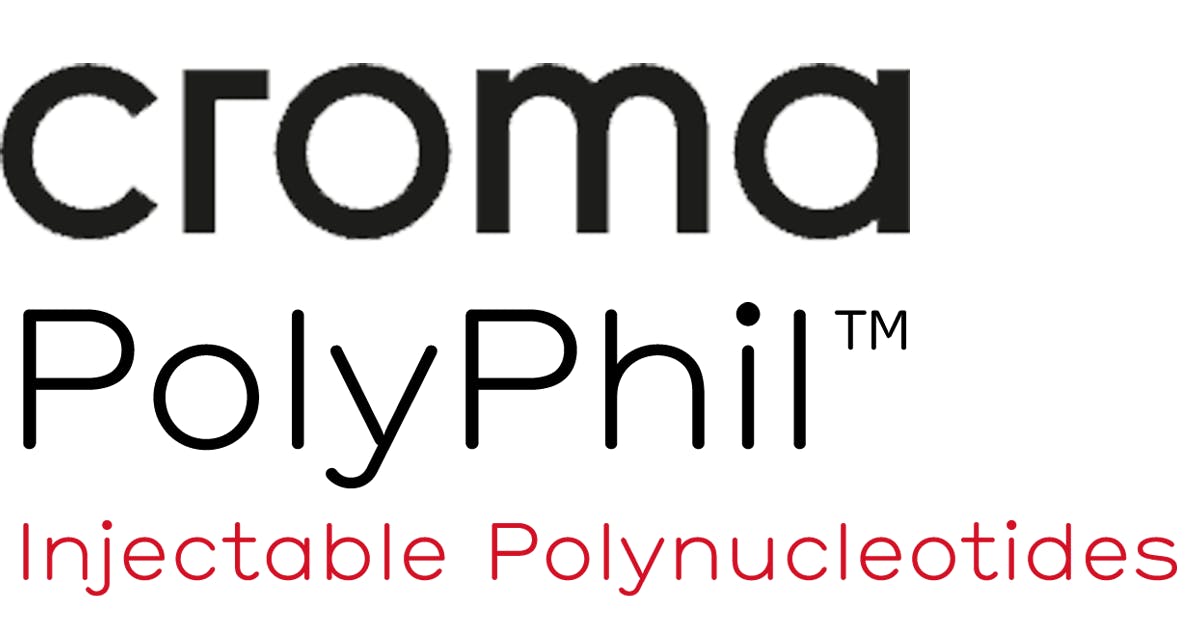
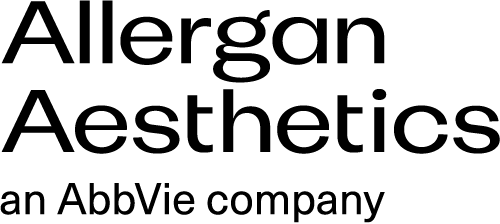

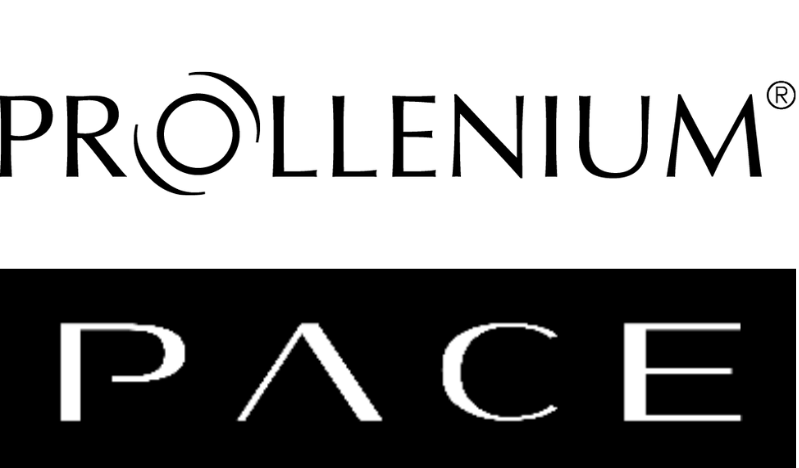
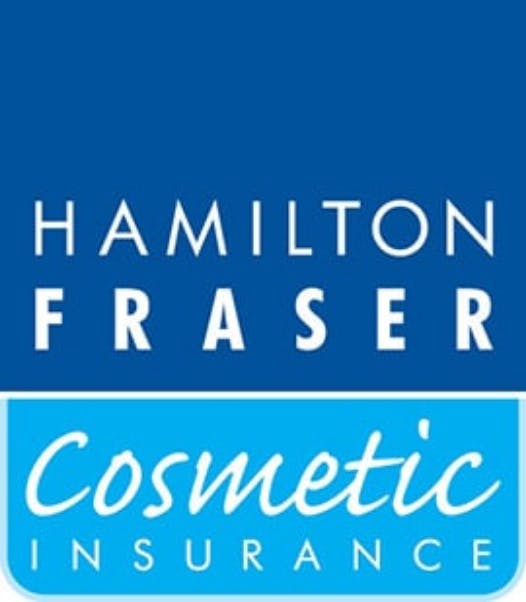
STAY INFORMED
Sign up to receive industry news, careers advice, special offers and information on Harley Academy courses and services


